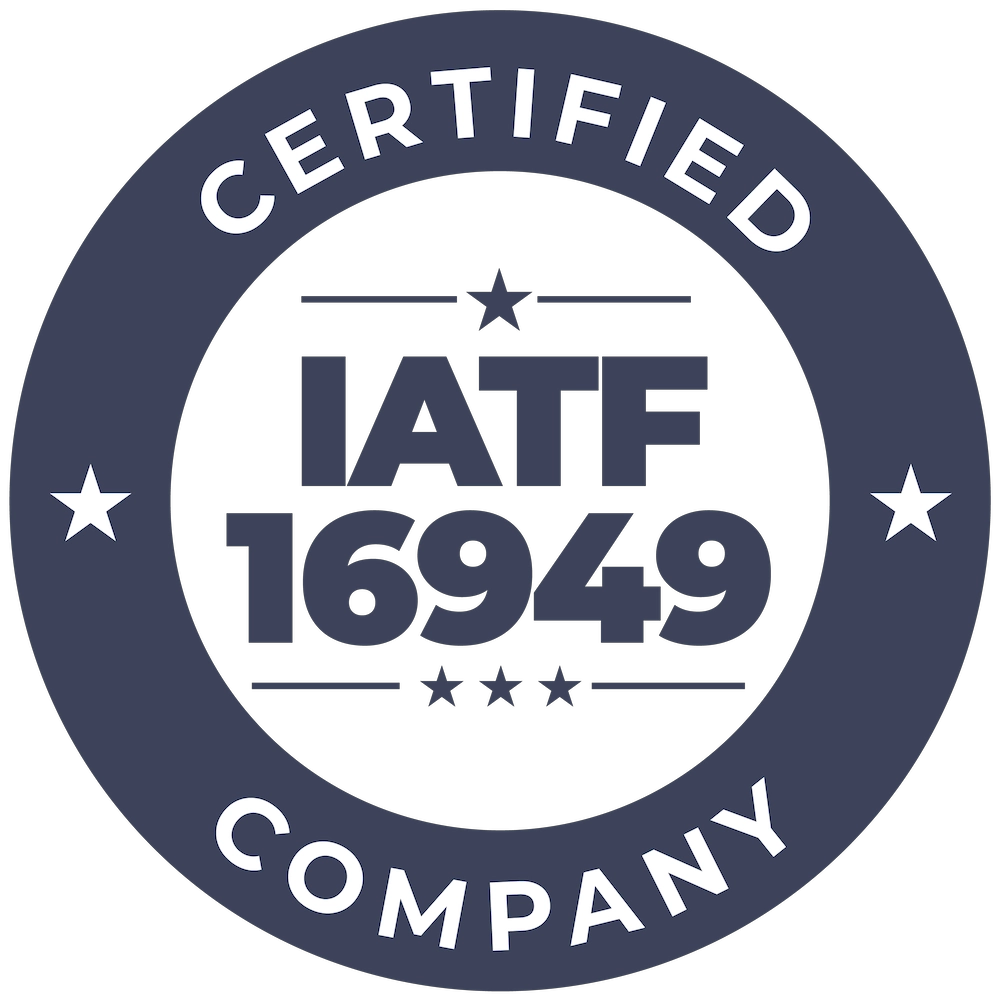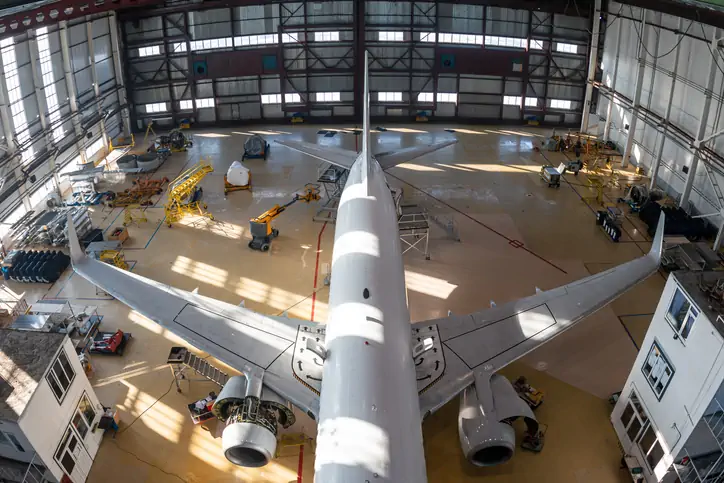In the aerospace industry, precision is everything. Even the smallest components play a critical role in ensuring the safety, performance, and longevity of aircraft. Among these components, shims stand out as essential elements that enable precise adjustments during assembly and maintenance. Used to fill gaps, align parts, and maintain strict tolerances, aerospace shims ensure that systems function flawlessly under demanding conditions. Let’s take a closer look at the different types of shims used in aerospace applications—including laminated, solid, and tapered shims—their unique functions, and how they contribute to the overall reliability of aircraft.
The Role of Aerospace Shims in Manufacturing
In the aerospace industry, even the smallest deviation can have significant consequences for safety and performance. Shims are crucial for maintaining the tight tolerances required in high-stakes environments like airframes, engine components, and landing gear systems.
By compensating for manufacturing variances, shims help reduce stress on parts, prevent structural fatigue, and optimize the efficiency of aerospace assemblies. Whether it’s ensuring proper clearance in rotating engines or distributing loads evenly in landing gear, shims contribute to maintaining safety and compliance with stringent industry standards.
Types of Aerospace Shims and Their Applications
In such a critical industry, metal components often need to fulfill specialized roles. Aerospace shims are no different. Some of the most common types of shims include:
- Laminated Shims: Laminated shims are versatile components used to adjust clearances during the assembly of aerospace parts. Constructed of multiple layers that can be peeled away, they’re ideal when you need to achieve an exact thickness. This flexibility makes laminated shims perfect for applications where precise fit and tolerance adjustments are critical. Whether it’s in engine housings or airframe components, laminated shims allow manufacturers to make fine adjustments on the fly, ensuring smooth assembly without the need for custom tooling or rework.
- Solid Shims: Solid shims are designed for permanent, high-strength applications where reliability under extreme conditions is paramount. These one-piece shims are used where there is no need for future adjustments, providing consistent, stable support in assemblies that will face high levels of temperature, pressure, or vibration. Aerospace manufacturers generally rely on solid shims for critical components such as landing gear systems, engine mounts, and structural joints, where durability and precise load distribution are essential for long-term performance and safety.
- Tapered Shims: Finally, tapered shims are used in situations where components have complex geometries or rest on uneven surfaces. These shims are designed to fill gaps with a gradually changing thickness, allowing for a snug fit in areas where uniform shims may not be sufficient. Tapered shims are commonly used in airframe assemblies, particularly in sections of the fuselage or wing structures, where even the smallest misalignment could compromise aerodynamic performance or structural integrity. By ensuring an exact fit in these challenging environments, tapered shims help enhance overall component alignment and performance.
Material Considerations for Aerospace Shims
Aerospace shims are crafted from materials that meet the rigorous demands of the industry. Some of the most common materials used include aluminum, titanium, and stainless steel, each offering distinct advantages depending on the application:
- Aluminum: Known for its lightweight properties and excellent corrosion resistance, aluminum shims are often used in airframes and other components where weight savings are critical.
- Titanium: Titanium is chosen for its superior strength-to-weight ratio, making it ideal for aerospace applications that require both durability and lightweight performance. It also has outstanding corrosion resistance and can withstand extreme temperatures.
- Stainless Steel: Stainless steel is favored for its high strength and ability to endure harsh environments, making it ideal for high-stress applications like engine components and landing gear systems. It offers robust mechanical properties and resistance to wear, making it suitable for long-term use in high-load areas.
The selection of materials depends on a variety of factors, such as corrosion resistance, strength-to-weight ratio, and temperature endurance. Aerospace manufacturers must balance these characteristics to meet stringent performance and safety standards.
Essential Manufacturing Capabilities for Aerospace Shims
Advanced CNC and Swiss machining technologies are essential for producing aerospace shims with the tight tolerances required for optimal performance. Whether it’s crafting complex geometries or working with specialized materials, these machining methods ensure that every shim is produced to exact specifications.
Aerospace manufacturers also often require customized solutions that meet unique engineering challenges. The ability to offer both low-volume prototypes and high-volume production is a crucial capability in the aerospace industry. Manufacturers need flexibility in their production processes to accommodate specific designs, whether that means creating shims with custom thicknesses, non-standard geometries, or specialized materials.
Leverage Expertise from OGS for Your Aerospace Shims
For over 60 years, OGS Industries has been a trusted partner in precision manufacturing, offering a wide array of solutions for industries that demand exacting standards, including aerospace. From our roots in gasket and shim production, we’ve evolved into a full-service provider, offering custom machining, stamping, prototyping, and assembly services tailored to meet the unique needs of aerospace manufacturers.
Whether you’re seeking laminated, solid, or tapered shims, we have the experience, expertise, and advanced technology to deliver high-quality components with tight tolerances and superior performance. We proudly serve aerospace leaders and other industries, delivering not only parts but also engineering support and inventory solutions that simplify your supply chain.
Ready to partner with a manufacturer that understands the critical nature of aerospace components? Contact our team today for a consultation and get started with a custom solution that fits your exact needs.










